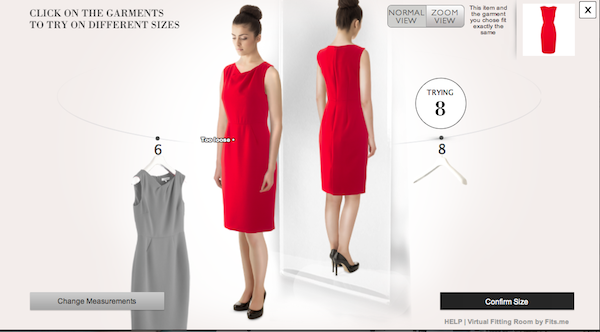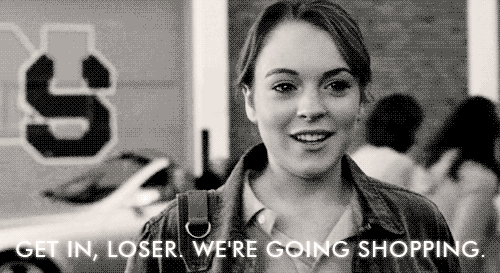ASOS Chief Executive Nick Robertson said a 1 percent fall in returns would immediately add 10 million pounds ($16 million)to the company’s bottom line. The debated ‘basket sealing’ offering off ‘Free Returns’ from online retailers is widely expected by US consumers and increasingly demanded by their UK counterparts- but with up to half of all clothes bought online being sent back is that up lift in sales actually damaged by increased returns?

A wave of virtual fitting room, and sizing tech start-ups are attempting to minimise costly returns for retailers by personalising the shopping experience. But will consumers really want to reveal their vital statistics and go to the trouble of measuring themselves? If you don’t have to return something then clearly that is a better experience than having to return something. In Online Jewellery we see an increasing number of shoppers coming in to our Flash Trash showroom to try before they buy, whilst we will continue to offer this service, ultimately we see a lower return rate in the jewellery that is most accurately and beautifully displayed in product and model shots. Good photography and video content remain key as ASOS’s popular catwalk feature proves. A huge selling point- thousands of young female shoppers can voyeristically see themselves sashaying down a runway. (I’d still rather see that and imagine it was me than see a digitised online model of myself in the dress.) House of Fraser is another retailer trialling size tech with their true fit tool, whilst Warby Parker offers an impressive 5 pairs, 5 days 100% free at home trial. (I cannot even begin to imagine what that is like to manage, chasing consumers to return the not 1 but 5 pairs) So as retailers scramble to deliver the most efficient omni-channel strategy what are the return-reducing tools out there right now?
1) Sizing Tools
Companies like Fits.me create virtual fitting rooms for brands. I really don’t know how useful this is…how many women really want to measure themselves and store these details online? I can see a privacy leak scandal now….So I have to enter all of my measurements and then see a stranger’s body represent how it would look. ( see below) Whilst the tech is slick, the overall experience does not incentivise me to buy- I’d still rather go into a store, or take a risk and buy and return it. Perhaps new ‘luxury angled’ sizing tool start up Befittd will offer a better experience..

( The Virtual Fitting Room on LK Bennett)
2) ShowRooms
E-commerce still only accounts for 15 percent of total garment sales. Just imagine if ASOS had a huge TopShop style Oxford Circus FlagShip, where you can try on until your heart’s content. Providing somewhere consumers can hang out, and feel cool (Apple Stores, Private Brand Member Clubs) and try out products still seems the most viable option to link products online with a real life experience that is more than a packed high street store, overloaded with merchandise and a queue for the fitting rooms.

( The Warby Parker Show Room)
3) Augmented Reality
I love watching the steps company’s like Holtion and Blippar are taking to make enjoyable 3D digital experiences. Whilst that often means printing out a piece of paper with a barcode on for the webcam tool to use- the effects on screen are still pretty cool. The steps right now are not dissimilar from a virtual fitting service, but as the tech improves with projections and more I think this is an exciting tool to watch.
Holition Portfolio from Holition AR on Vimeo.
4) Social Approval Tools
My Instagram feed is full of people’s photos of themselves in dressing rooms..should they buy this dress or jumper? Apps like Go Try It On (recently acquired by Rent The Runway) allow users to vote on each others outfits, if you know 50 friends have liked that pair of shoes you just bought, im guessing your chances of keeping them is pretty high. The inclusion of social buttons on product pages or MADE’s customer review programme (that offers a £15 voucher code incentive for customers who share a photo of their Made purchases at home) is another social tool that counts.
Consumers are increasingly uploading an image of the product they just bought to Instagram- tagging or @’ing the brand. If there was a way for the brand to not only like back but get it’s follower base to like the photo too- making it one of the most liked photos of the users page- then those thoughts of social approval and ‘cool points’ are definitely going to remove any intention of returning. Maybe the solution for this lies in a specific affiliates network or own brand social platform with a gaming structure and rewards..




